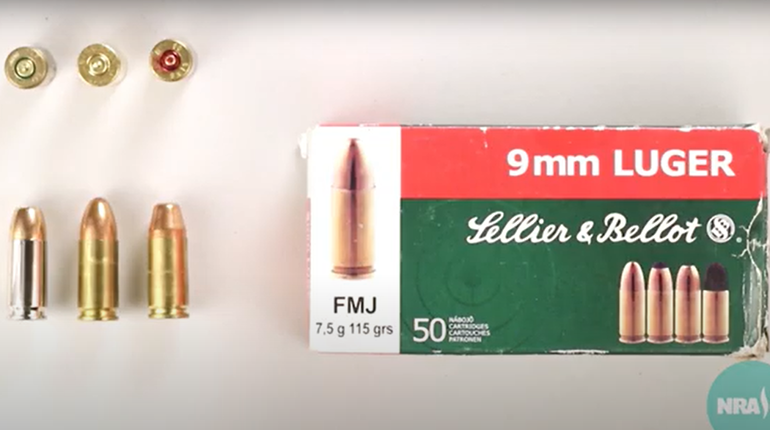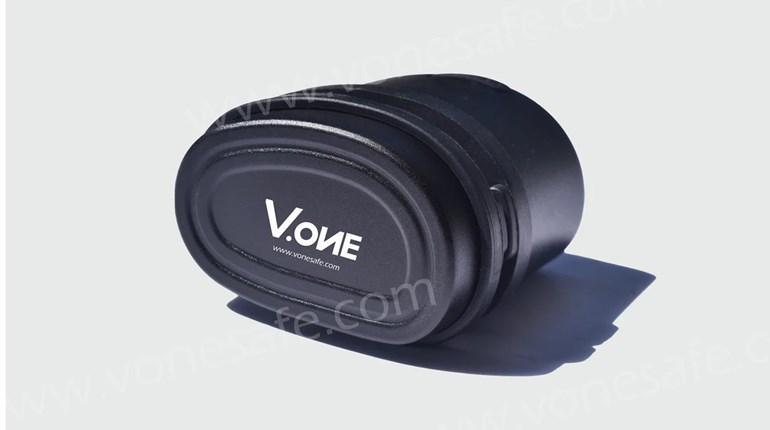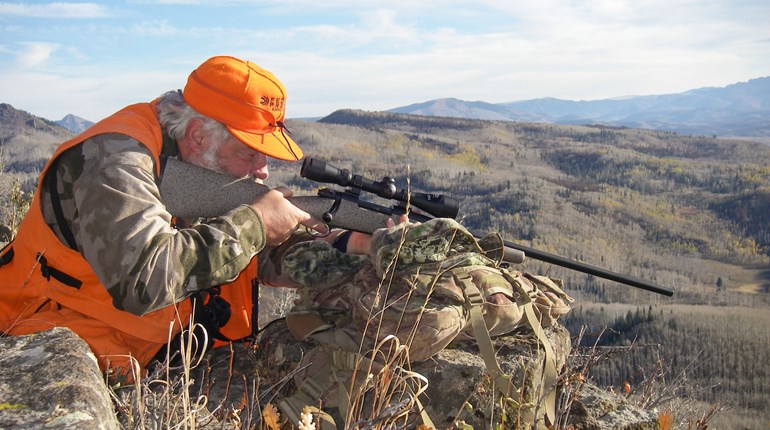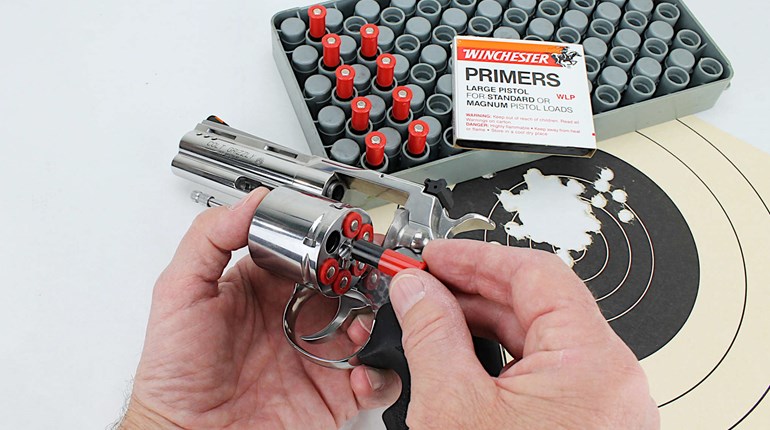
Winter?
You want to talk about winter?
Most Americans have no idea what a real winter is all about. (Minnesota and Montana are obvious exceptions!) Where I live, the old timers used to say that we had nine months of hard winter followed by three months of tough sledding. Global warming never arrived at my house, and it’s tough to practice your shooting skills when you can’t feel your trigger finger.
However, there is a solution. Air-powered rifles and BB guns are great for indoor shooting and any garage, attic or basement where you can get 25 to 50 feet of distance will work great as an indoor range. Unlike rimfire or centerfire firearms, air guns are safe to shoot without a ventilation system, because they only expel air as a propellant.
Setting up an indoor range is easy and very inexpensive. The first and most important thing to remember is that with air guns is that any projectile that does not hit a proper bullet stop has a very big possibility of a ricochet or bounce back. This is particularly true with a BB gun using round steel projectiles.
So, rule number one: Everybody wears high-quality protective glasses or goggles at all times. No exceptions; shooters or any observer watching must wear protection. They do not have to be expensive shooting glasses. Simply go to the hardware store and buy safety goggles or glasses that are rated for high impact. Make sure that if you buy glasses they have a tight fit to the face or have side shields so that the eyes are protected from any angle.
Also, never shoot at hard targets. Do not shoot at any metal targets, unless they are made specifically for air rifles. Don’t shoot at bowling pins and never shoot at any self-sealing, plastic target unless it is specifically rated for air rifle use. Shoot only at paper or cardboard targets or at reactive targets designed for air rifle use.
A good way to protect the walls where you are shooting is to hang up an old blanket or quilt, the thicker the better. Keep it away from the wall by several inches and just let it hang loose so that it can move and absorb any hit. That will not only stop any errant shots that miss the main target/backstop and protect the walls from damage, but the energy is absorbed so that projectiles will not bounce back at the shooters or other valuable assets.
This is only a safety system, though. The main target should have a much more positive bullet stop. There are some excellent metal bullet traps made for air guns on the market; some even have swinging targets built into them. I have a couple and they work great. My only complaint is that they are rather small and easy to miss.
A homemade bullet stop is much less expensive and can be much larger. It also more easily lends itself to using a variety of targets. The safest and easiest way is to use a big cardboard box. Hang one or more bullet stops inside of it. An old blanket or quilt obviously works. But one of the best approaches is to get old carpet samples from your local flooring store. They are usually eager to get rid of outdated samples and will be happy for you to take them off your hands. Suspend them inside the box with the carpet side facing you using a ½–inch wooden dowel for support. The carpet can be attached with cable ties. One carpet will usually work fine, but using two or three will make sure you stop any pellet. Let them hang suspended and keep a few inches between them. A double layer of cardboard on the box face is a good idea, so that if a pellet bounces back off the carpet the cardboard stops it. When the face of the box gets shot up, replace it with a new piece of cardboard.
I would resist the urge to build a more permanent frame from 2X4s as the wood can cause bounce backs. The cardboard box is pretty low-tech, but it’s also the safest.
If you are shooting steel BBs you can collect them from the trap and use them over. The lead pellets will probably be deformed enough to prevent future use. Make sure you clean the pellets up and dispose of them properly every now and then. Lead that lies around will oxidize and that can lead to airborne lead particles if it is disturbed. So, clean them up every few months and get rid of the spent pellets or at least put them in a sealed storage container like a glass jar with a screw top.
With all this fun shooting as a distraction, before you know it, spring will arrive and with it. . . . warmth! You will have a head start on the shooting season with the skills of from a long winter of pulling triggers.







































